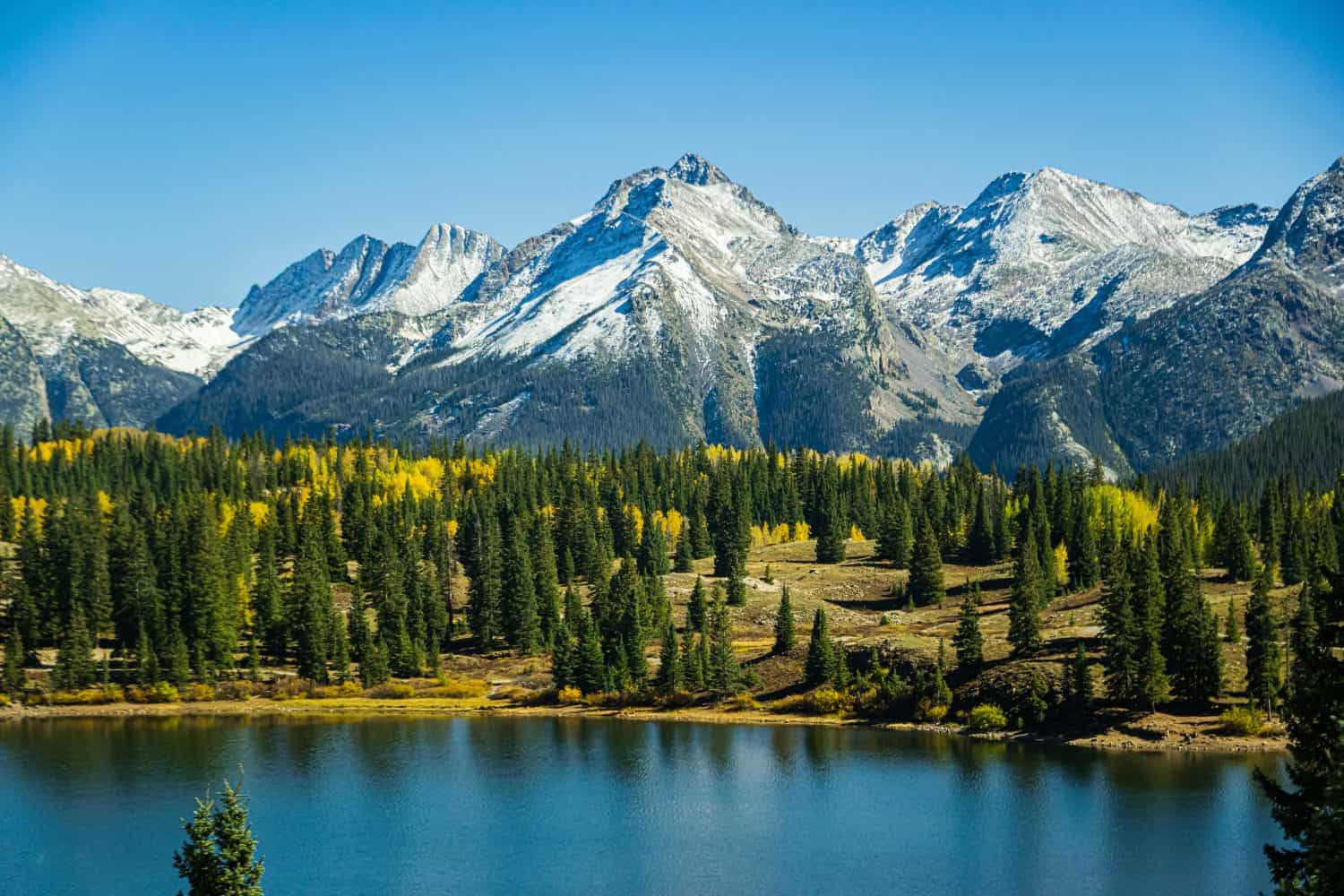As much as we all wish war was not a reality, this isn’t the case. Conflicts around the world can and do occur for any number of reasons. Whether it’s a battle for resources, civil war, or world domination, there are plenty of reasons why wars take place.
However, in some cases, strategic defenses based on geography have spared many countries from invasion. Let’s look at some countries that are naturally fortified against external military threats.
United States

©hyotographics/Shutterstock.com
Not only is America’s vast geography difficult, but it’s also protected on two sides by huge oceans. Moving troops and a fleet in the direction of America would also be met with a massive counteroffensive.
More importantly, you cannot ignore the vastness of America’s defenses against any invasion. While the U.S. has never been outright invaded, the British did “capture” Baltimore and Washington D.C. during the War of 1812.
Australia

©Earth And More/Shutterstock.com
While you might think Australia is easy because it’s a giant island, it’s not easy. Up to 4,000 miles away from its closest neighbor, it’s full of unforgiving terrain. The interior of Australia is an intense desert full of deadly creatures and harsh weather. Only one successful invasion of Australia took place when it was colonized in 1788. However, this was before Australia became an official country.
Switzerland
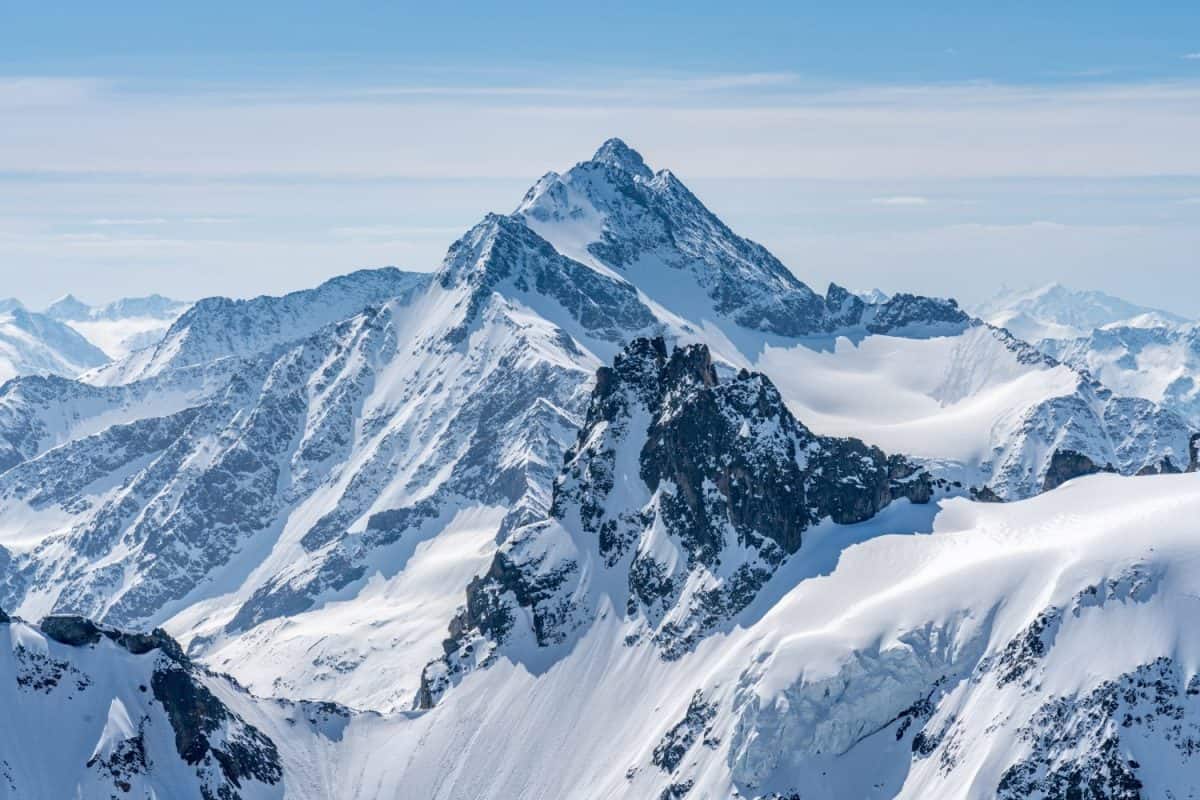
©Aleh Alisevich/Shutterstock.com
As Switzerland is effectively surrounded by mountains on all sides, a successful invasion would prove very difficult. This is something the Germans experienced in World War I and again during World War II. The French did capture the Swiss in 1798 but today’s modern defenses and unforgiving terrain make Switzerland very challenging.
Afghanistan
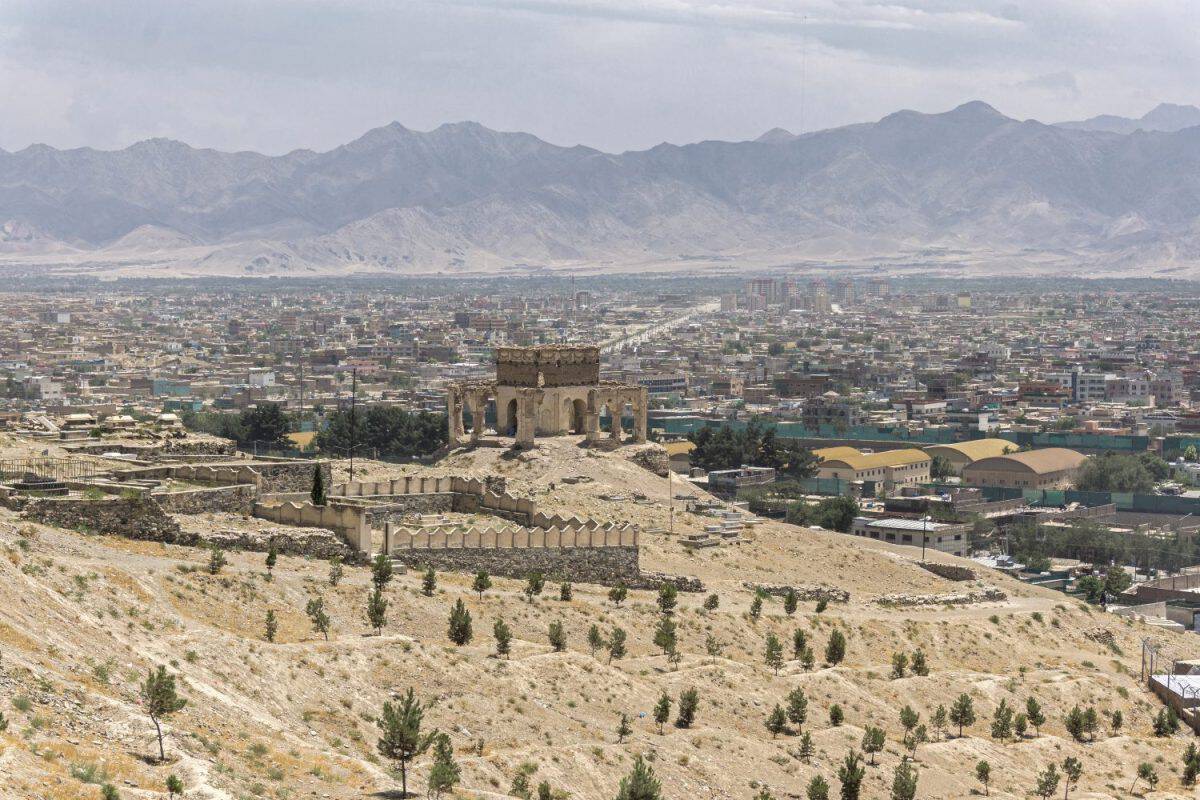
©Torsten Pursche/Shutterstock.com
Afghanistan has a harsh and unforgiving landscape. A landlocked country, the Hindu Kush mountain range covers approximately 75% of the country. Because of this, moving heavy equipment like tanks and armored personnel carriers is increasingly difficult. Both the U.S. and Russia successfully invaded Afghan territory only to learn why Afghanistan is the “graveyard of empires.”
Russia
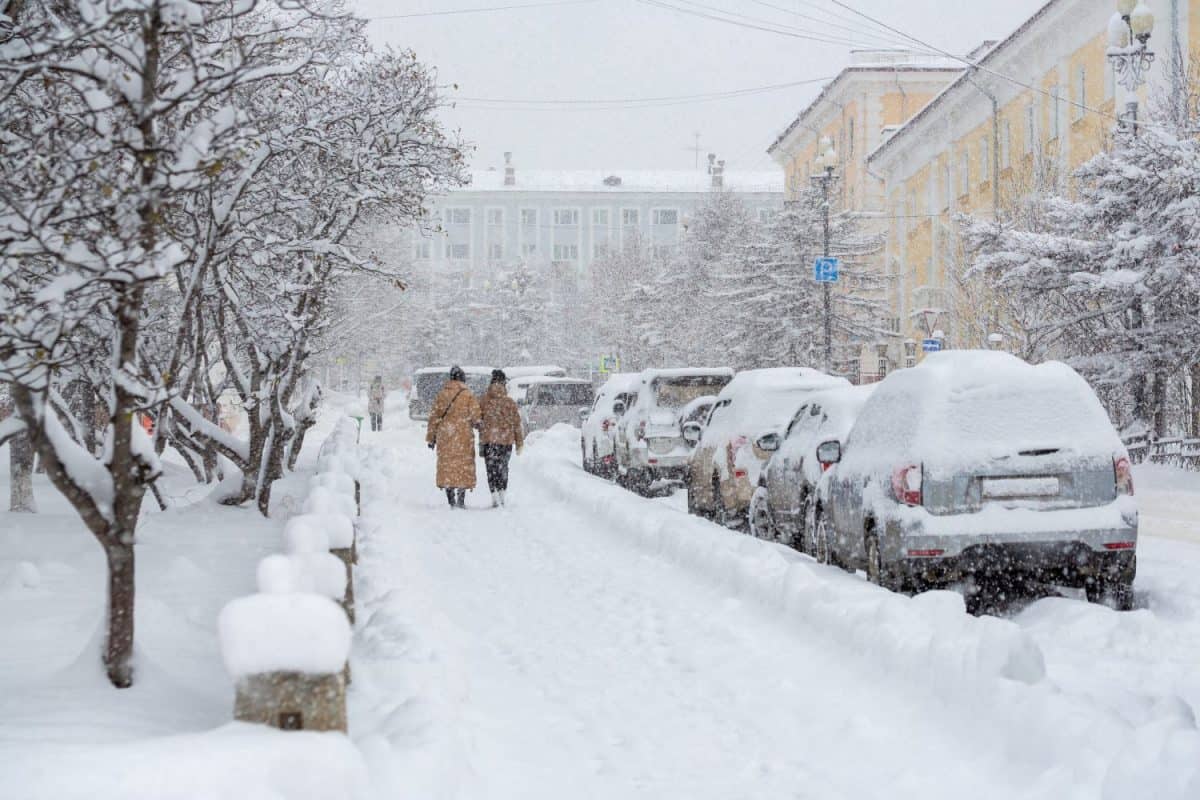
©Andrei Stepanov/Shutterstock.com
While Russia may not be a global superpower anymore, it still has plenty of natural defenses. As a country that is 5,600 miles wide, Russia can be a trap for any invaders. With its large borders, enemies think Russia is easy to conquer. This is something the Germans believed only to find out the hard way during World War 2 after learning what a Soviet winter is truly like.
Canada

©hyotographics/Shutterstock.com
There are very few countries outside of Canada that can claim the protection of three oceans and huge mountains. Protected by the Pacific, Atlantic, and Arctic oceans, the latter is too difficult for an invading force to successfully navigate. While Britain and France successfully invaded, the U.S. failed to do so during the War of 1812.
Japan
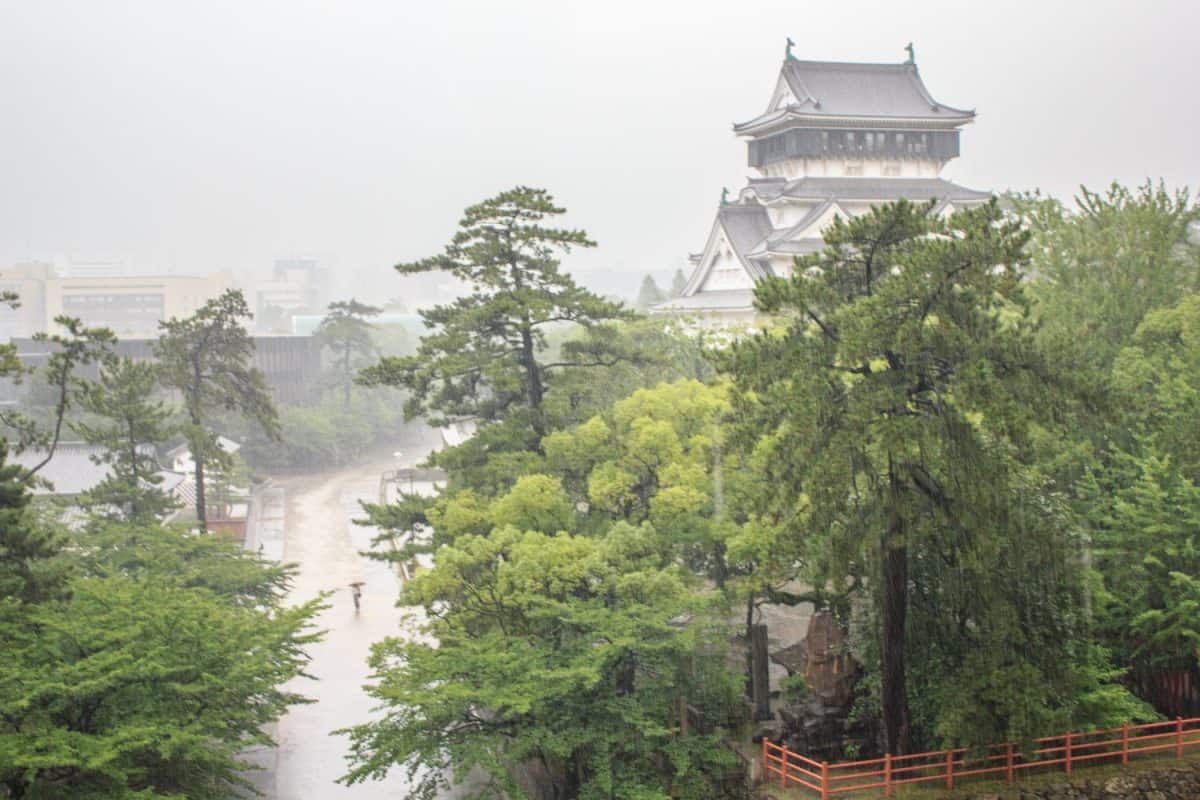
©WorldStock/Shutterstock.com
With Japan being an island nation, it immediately offers natural defense geography. Things get even trickier for potential aggressors when you consider that few beaches are suitable for mass troop landing. There are also huge mountain ranges across Japan that will slow down any advances. The Mongol Empire learned twice in 1274 and 1281 that Japan’s typhoons can and will destroy entire fleets.
Vietnam
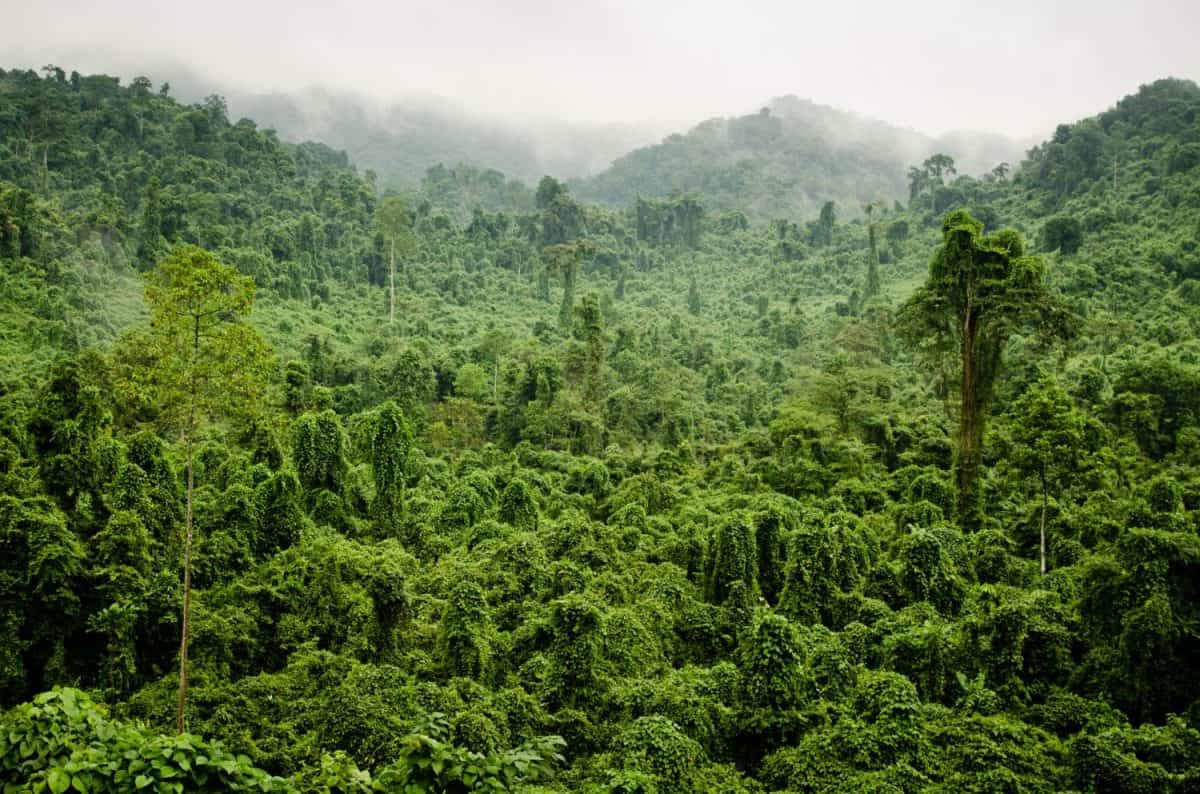
©Robin Kay/Shutterstock.com
With history as our guide, it’s easy to learn that Vietnam’s geography is its best ally. While the country has been invaded and controlled many times in its history, maintaining control is another matter. Vietnamese forces know how to use its terrain and use guerilla tactics to wear down occupying forces. This is something the U.S. learned during the Vietnamese War.
Iran
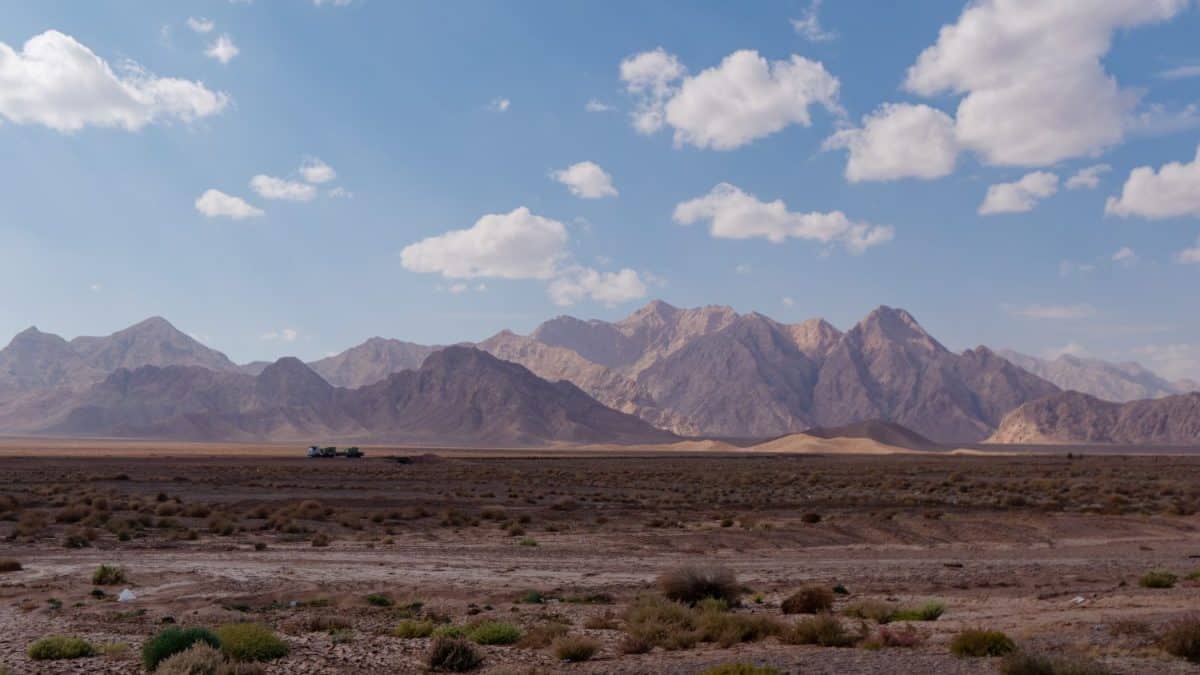
©Eleseus/Shutterstock.com
A vast set of mountainous ranges and deserts help give Iran a natural geography to protect against invasion. This difficult terrain makes it challenging for a modern fighting force to control Iran. Natural chokepoints would allow Iranian forces an opportunity to harass any invaders. Iran also has a long history of repelling foreign invasions including from Iraq during the Iraq-Iran war.
Bhutan
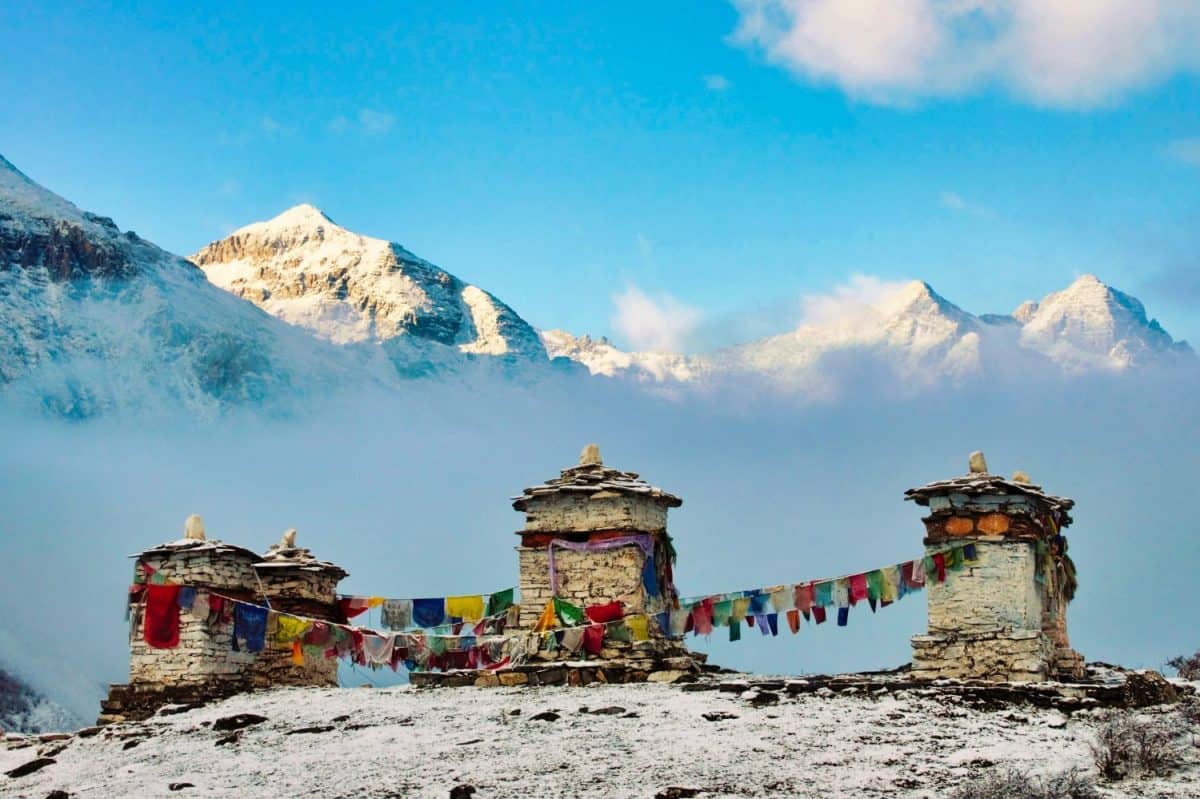
©Singye Wangchuk/Shutterstock.com
With its unique geography, Bhutan is historically a very difficult country to invade. Among its chief defenses is the Himalayan mountains. When you factor in the world’s steepest slopes for aggressors, it makes any invasion difficult. Bhutan’s high altitude would also wear on infantry troops who would have trouble breathing. Bhutan is one of the few countries that has never been conquered.
China
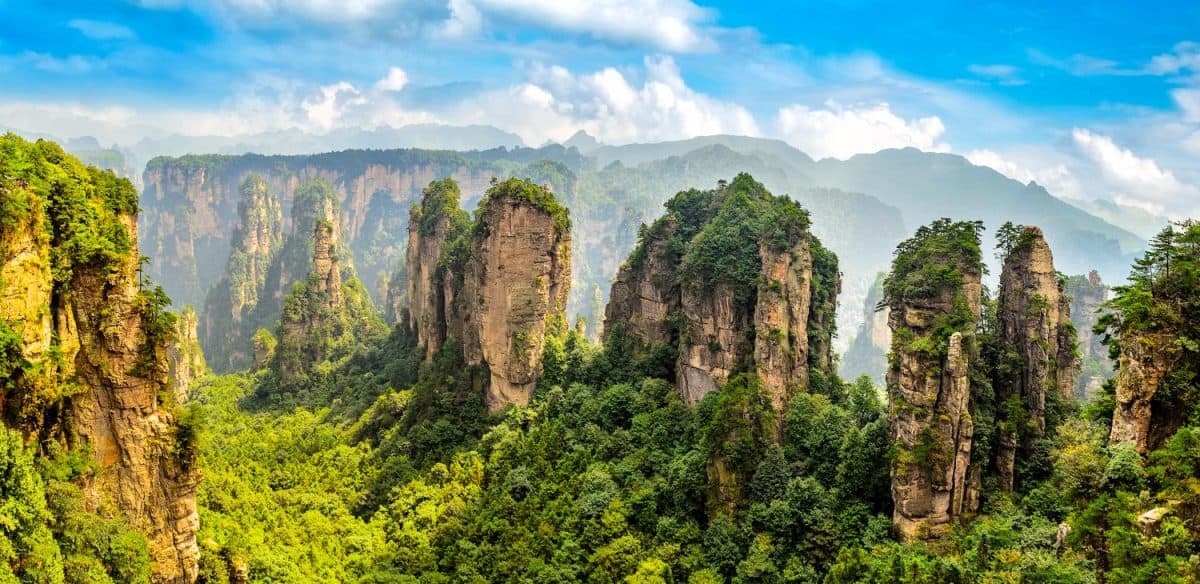
©JekLi/Shutterstock.com
As the fourth-largest country in the world by land area, China’s size presents a significant problem for invasion. Between high mountains and valleys, China’s diverse terrain is also a natural barrier against invasion. Attempts to invade China would require a massive military supply chain that would be hard to maintain. In its 7,000-year history, China has only been conquered twice by the Mongol Empire and the Manchurians.
North Korea
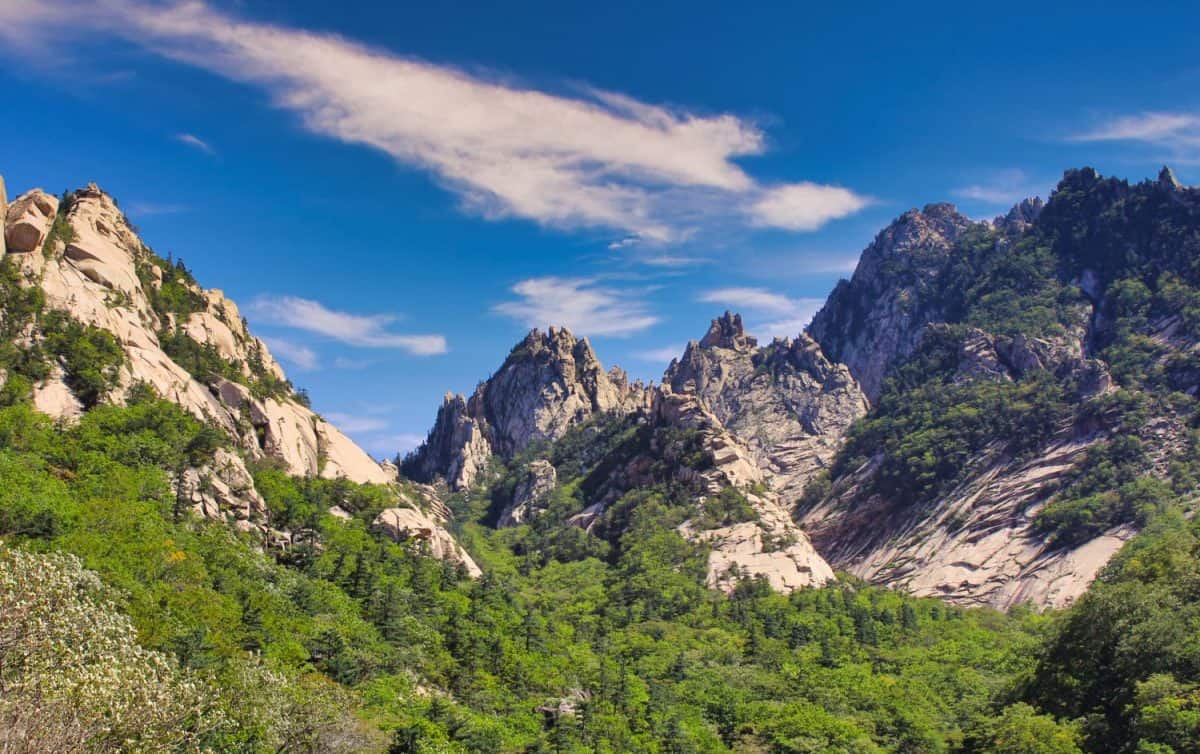
©Steve Tan C K/Shutterstock.com
As most of North Korea’s population is centered in plain areas, its largest population zones are circled by mountains. Much of the country is covered by mountainous terrain, especially along the border with South Korea. These mountains provide multiple choke points where North Korea could trap invaders. However, the Mongol Empire controlled North Korea for two centuries while Japan had control for five years in the late 1500s.
Taiwan
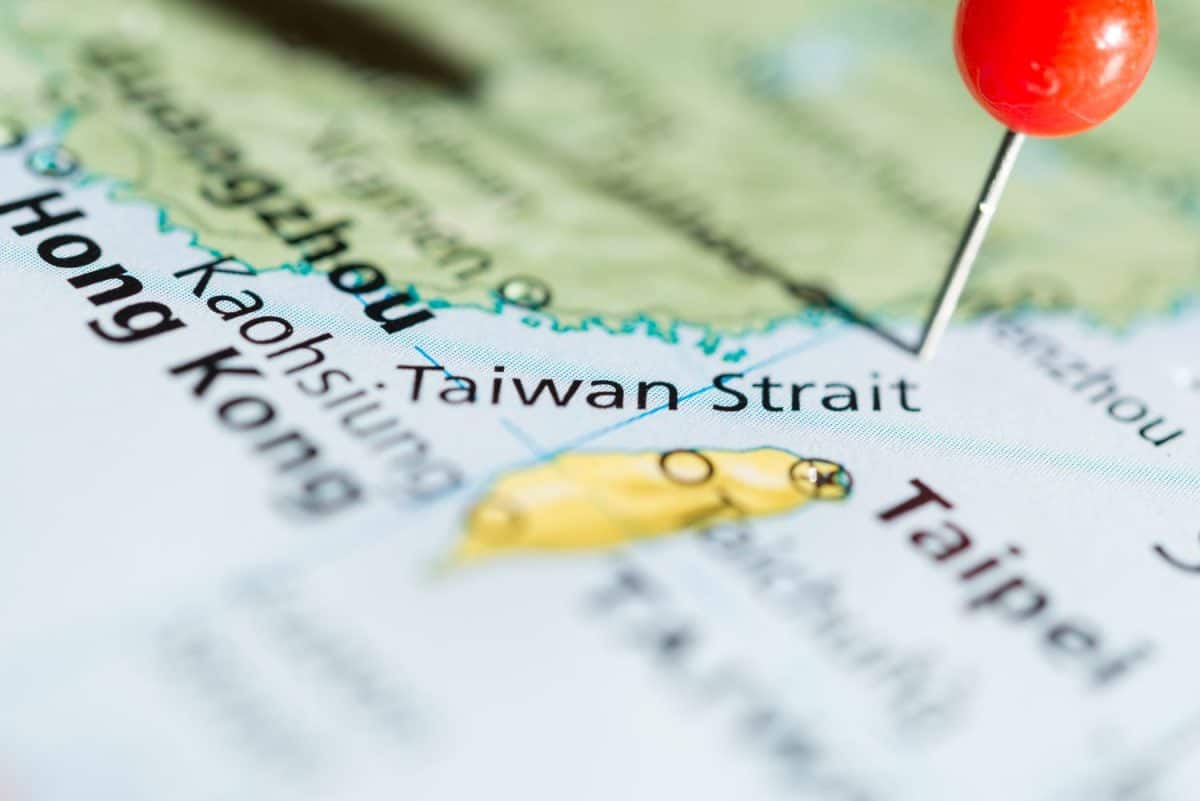
©Tudoran Andrei/Shutterstock.com
While Taiwan has many geographic advantages, none is more notable than the Taiwan Strait. This 90-mile-wide area offers some of the most dangerous water on the planet and is why the country has never been conquered. Between two monsoon seasons and typhoons, you can only invade Taiwan for a few months of the year using this waterway. On top of water defenses, Taiwan is also supported by mountainous terrain across its eastern and central regions.
Mongolia
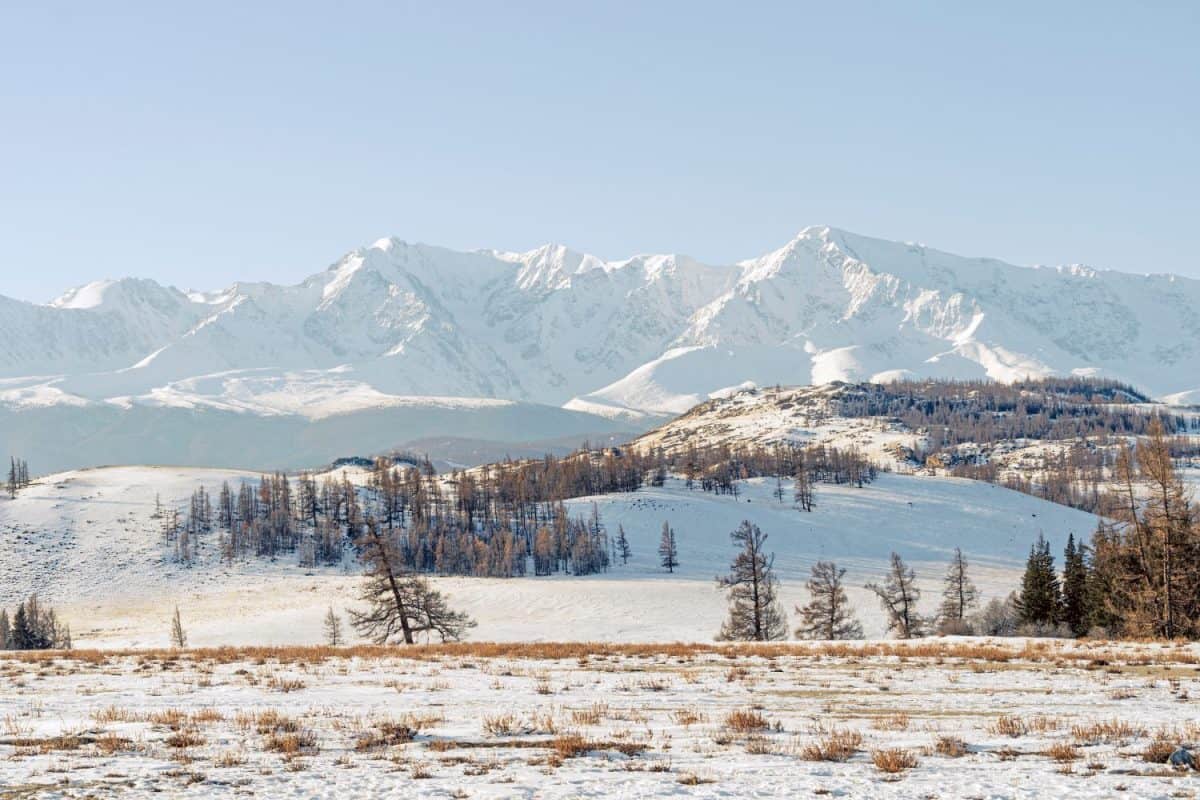
©Melnikov Dmitriy/Shutterstock.com
With its extreme weather conditions including bitter cold winters, the harsh climate of Mongolia does not lend itself well to invasion. On top of its climate, much of Mongolia is just an open desert, which means any aggressor would be open and exposed to long supply lines. Only after the fall of the Mongolian Empire did China have luck conquering remnants of Mongolia.
Papua New Guinea
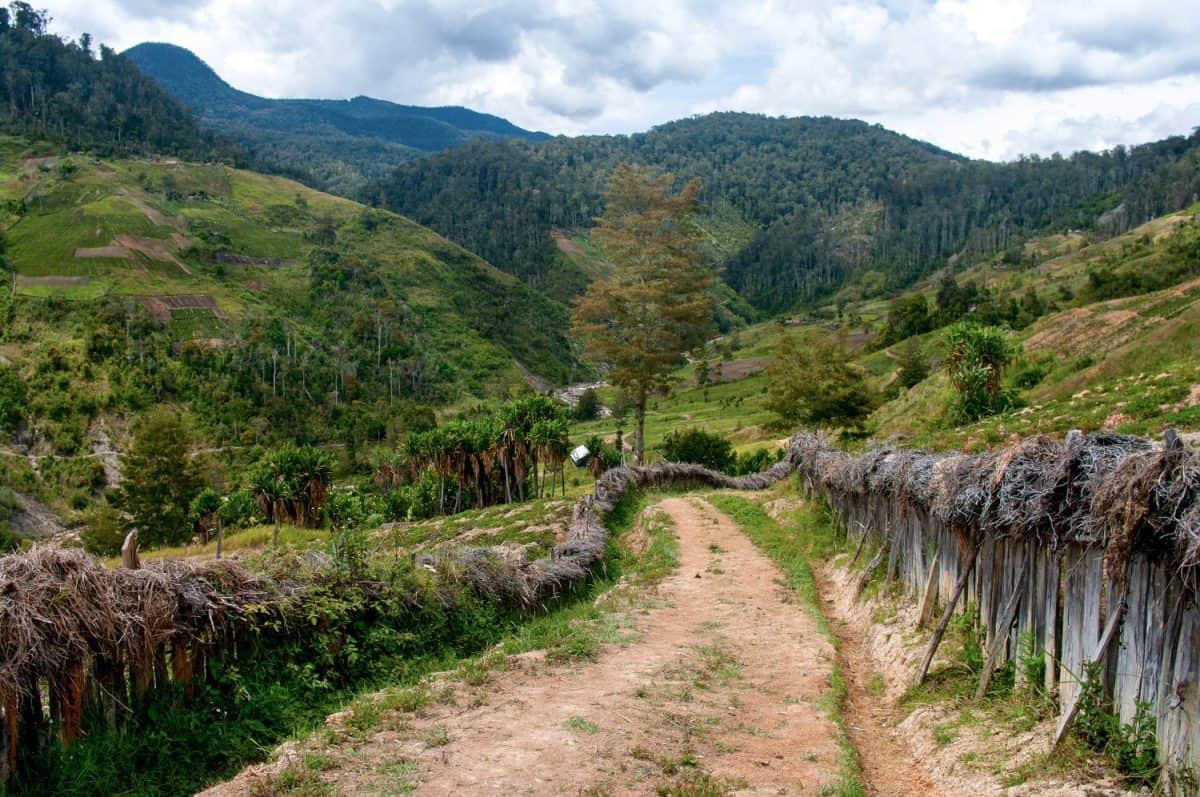
©Belikova Oksana/Shutterstock.com
Papua New Guinea might be something of a surprise on this list as its geography makes it a challenge. The country is also protected by the Owen Stanley Mountain Range, which is nearly impassable. In addition, its jungles are a breeding ground for disease. While the country had been previously invaded, even the Japanese were not able to take the whole island in World War 2.
The image featured at the top of this post is ©Greg Meland/Shutterstock.com.
